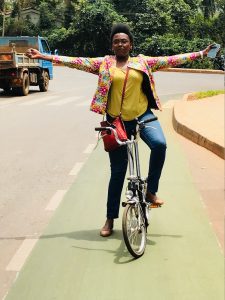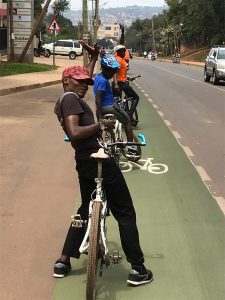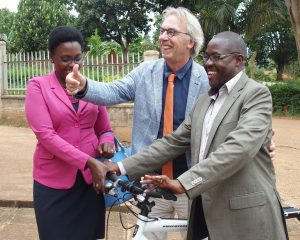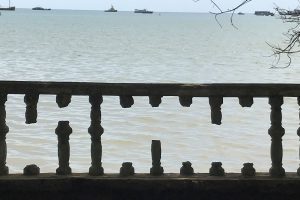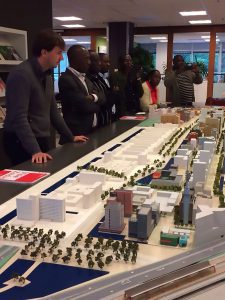First Stakeholders’ Workshop in Bethlehem
Comments Off on First Stakeholders’ Workshop in BethlehemOn the 18th and the 19th of September, the first Stakeholders’ Workshop for the Mobility Study of Bethlehem conurbation took place. The event brought together representatives from several national ministries, all the local municipalities involved (Bethlehem, Beit Sahur, Beit Jala, Al Khader, Ad Doha and Artas), members of the civil society, NGOs and local businesses.
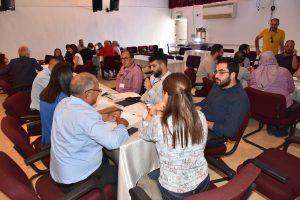
During the two-day workshop, the participants actively got involved in the planning process, providing valuable input for the development of the future of mobility in Bethlehem conurbation. Through hands-on activities, co-creation and open dialogue, the stakeholders, together with the consultants and the beneficiaries of the project envisioned the future of their city.
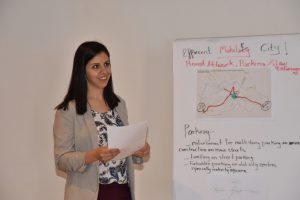
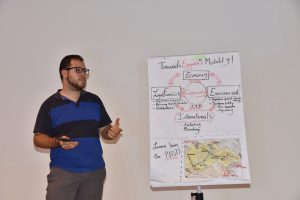
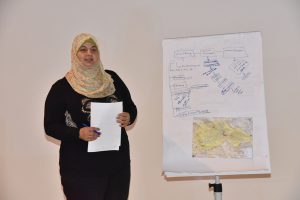
The results of the workshop will form the basis for the next stages of the project, during which a common vision, the main objectives and the possible future mobility scenarios for Bethlehem conurbation will be developed. This will be followed by a second Stakeholders’ Workshop in November. Choosing the preferred scenario and deciding on the measures and projects that best serve the objectives of the project will be the focus of this second event. The ultimate goal is to make Bethlehem conurbation an accessible and liveable area, friendly to the environment, its citizens and visitors.
WE, at MOVE Mobility, together with our partner, Community Development Group, have been steering and moderating the workshop activities and we were happy to see that the project attracts a lot of interest and commitment from all stakeholders.
